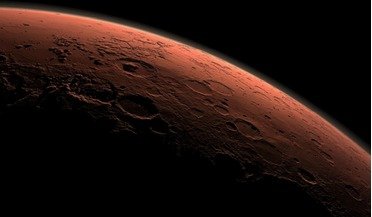 March 2017
Growing plastic-producing bacteria in space
March 2017
Growing plastic-producing bacteria in space
... producing spores for an extended period of time when they were not needed. More than just biology On a mission to Mars, astronauts will experience reduced gravity and their spacecraft drastic external temperature fluctuations, low pressure and...
 January 2018
Shielding the human genome
January 2018
Shielding the human genome
...turned their attention to a second key biological problem that needed to be managed for humanity to be successful in its missions to Mars and beyond: how to mitigate the threat from microbial species that demonstrate increased pathogenicity and other...
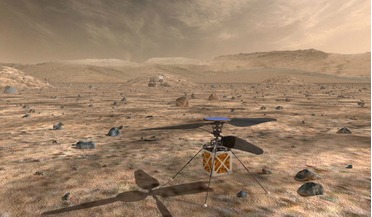 13 March 2019
'Marscopter' to accompany rover on Mars 2020 mission
13 March 2019
'Marscopter' to accompany rover on Mars 2020 mission
... and there are some places that they simply can’t go. What would be really handy on the next Mars mission is a small helicopter that could whizz over the surface, taking pictures as it went. We're in luck then, as NASA has...
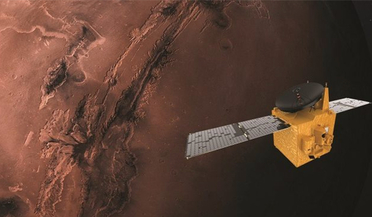 08 February 2021
UAE Hope probe poised to enter Mars' orbit tomorrow
08 February 2021
UAE Hope probe poised to enter Mars' orbit tomorrow
... always includes an element of risk and we are keenly aware that 50 percent of all missions to Mars have failed,” Omran Sharaf, Project Director of the Emirates Mars Mission, said. If all goes according to plan, then the UAE will become the...
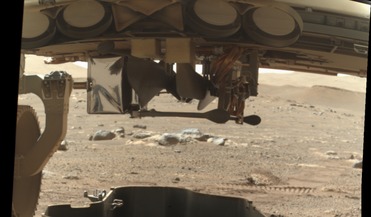 22 March 2021
The first look at Ingenuity on Mars
22 March 2021
The first look at Ingenuity on Mars
... data could enable other advanced robotic flying vehicles that might be part of future robotic and human missions to Mars. Its first objective however, is just to last the night. In order to work, Ingenuity has to survive frigid temperatures...
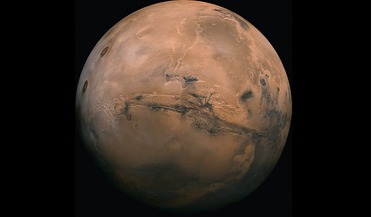 25 June 2021
China announces plans to build a base on Mars starting in 2033
25 June 2021
China announces plans to build a base on Mars starting in 2033
... Conference (GLEX 2021), Wang’s speech, themed "The Space Transportation System of Human Mars Exploration" included details of a first crewed mission to Mars that will liftoff in 2033. This will be preceded by a technology preparation phase, whereby...